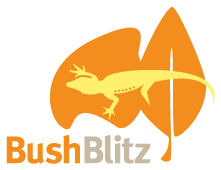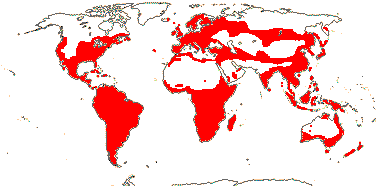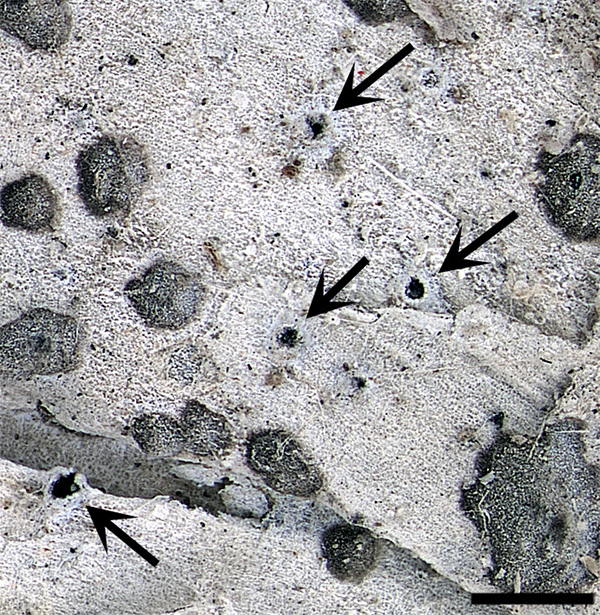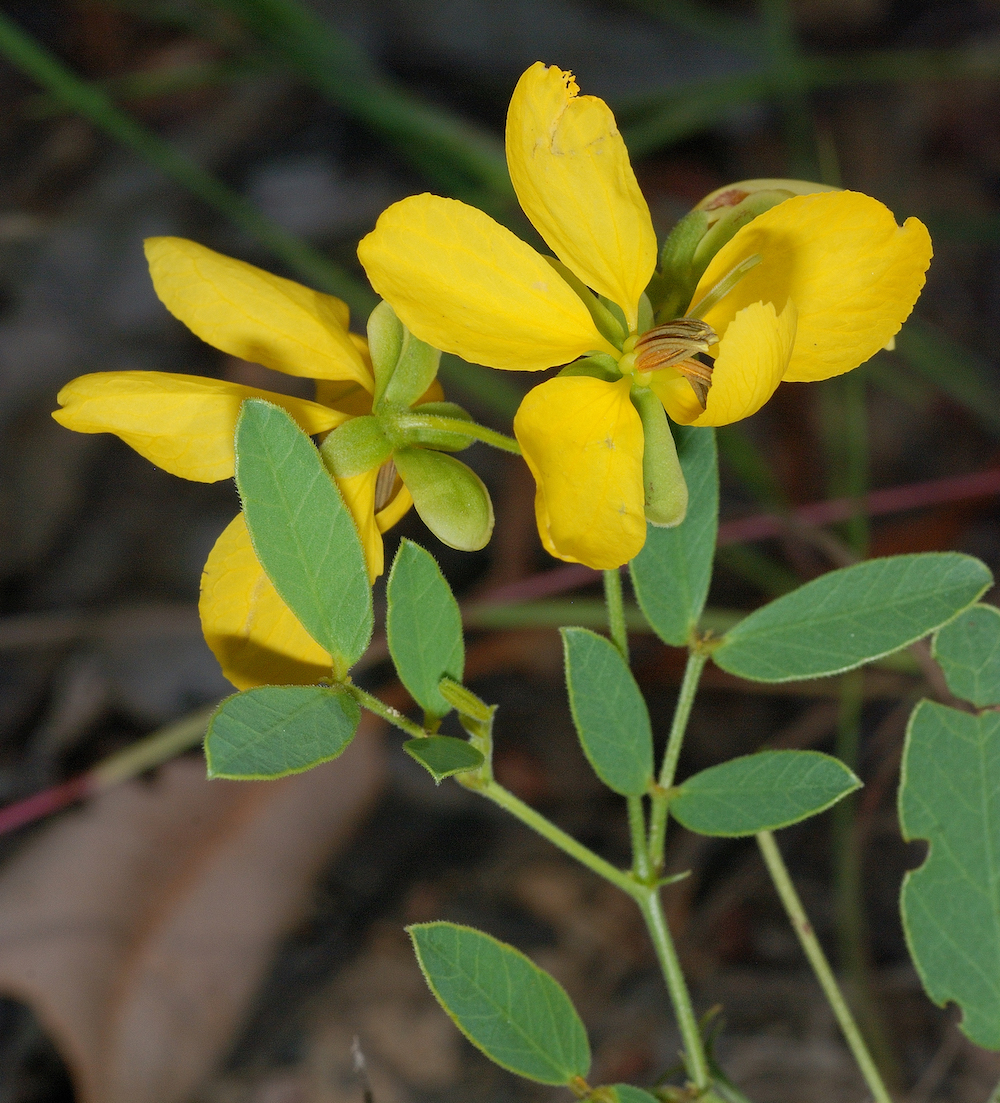From 22 Nov. to 3 Dec. 2021, four staff members of the State Herbarium of South Australia participated in a Bush Blitz Expedition to the Far West of the State: the Yalata Indigenous Protected Area (IPA), Wahgunyah & Fowlers Bay Conservation Parks, as well as the Fowlers Bay townsite.
As reported in a previous BLOG post, Peter Lang, Tim Hammer, Jürgen Kellermann and Tracey Spokes surveyed the area and collected specimens.
The results were a total of 334 unique taxa recorded across the survey area during the Yalata-Fowlers Bay Bush Blitz: This total comprises 232 vascular plants, 20 lichens, 1 fungus, 6 mosses and 75 marine algae. They are represented by 856 separate collections made during the survey. All specimens were accessioned into the State Herbarium; a map of the collections and detailed information is available on the Australasian Virtual Herbarium.
The official Bush Blitz report of the expedition was released last year:
Bush Blitz (2023). Far West Coast, South Australia 2021: Bush Blitz expedition report. (Department of Climate Change, Energy, the Environment and Water: Canberra). (2.3mb PDF).
The State Herbarium’s botany report was submitted to Bush Blitz in 2022. It is now published on Enviro Data SA:
Spokes, T.M. & Lang, P.J. (2022). Yalata-Fowlers Bay Bush Blitz: Vascular plants, bryophytes, lichens, macrofungi and marine macroalgae. Yalata Indigenous Protected Area, including Fowlers Bay Conservation Park, Wahgunyah Conservation Park and Nuyts Archipelago Marine Park, South Australia. Report for Bush Blitz, Australian Biological Resources Study, Canberra. (State Herbarium of South Australia: Adelaide). (9.8mb PDF).
Appendix 1 is also available as a spreadsheet (56kb XLSX document). Appendix 2 is only available on request, but the data can be viewed at the Australasian Virtual Herbarium.
A team from the Terrestrial Ecosystem Research Network (TERN) was also part of the expedition and surveyed the vegetation at several sites. Their report is available separately:
TERN (2022). Summary of TERN Plots for the Yalata and Fowlers Bay Conservation Park Bush Blitz, South Australia. (Terrestrial Ecosystem Research Network: Adelaide). (2.3mb PDF).
 Bush Blitz is an innovative partnership between the Australian Government, BHP Billiton Sustainable Communities and Earthwatch Australia. It is the world’s first continent-scale biodiversity survey, providing the knowledge needed to help us protect Australia’s unique animals and plants for generations to come.
Bush Blitz is an innovative partnership between the Australian Government, BHP Billiton Sustainable Communities and Earthwatch Australia. It is the world’s first continent-scale biodiversity survey, providing the knowledge needed to help us protect Australia’s unique animals and plants for generations to come.








You must be logged in to post a comment.